With the number of extinct animals only growing, it’s fantastic to see that you’re considering the importance of a healthy environment for not just ourselves but all living beings.

By making small changes in your daily life, you can actively contribute to limiting your carbon footprint and taking climate action. These efforts will play a significant role in slowing down climate change and protecting our natural resources and wildlife.
So, let’s explore the various ways you can embrace sustainable living and be a part of this crucial movement. Together, we can make a positive impact on our planet and ensure a better future for generations to come. Keep up the excellent work!
“The greatest threat to our planet is the belief that someone else will save it.”
Robert Swan
Key Points
| Topic | Key Points |
|---|---|
| What is Sustainability | – A sustainable future ensures meeting current needs without compromising the ability of future generations. |
| – It improves our quality of life, protects the ecosystem, and preserves resources for future generations. | |
| Challenges to Sustainability | – Population growth and unsustainable consumption are major social challenges. |
| – Insufficient incentives for the private sector to pursue sustainable development. | |
| Ten Ways to Live More Sustainably | #1 Reduce: Lower carbon footprint, combat climate change, and reduce waste. |
| #2 Go Plastic-Free/Zero Waste: Reduce plastic contamination and greenhouse gas emissions. | |
| #3 Shop Local: Stimulate the economy, reduce food miles, and cut back on greenhouse gas emissions. | |
| #4 Boycott Harmful Products/Companies: Protect wildlife and habitats by making ethical choices. | |
| #5 Reduce Meat Consumption: Reduce greenhouse gas emissions and pressure on land and water use. | |
| #6 Try Plant-Based Alternatives: More efficient and sustainable than meat-based diets. | |
| #7 Go Energy Efficient/Renewable: Lower energy consumption and use renewable energy sources. | |
| #8 Vote for Sustainable Policies: Support climate action and sustainable development through political choices. | |
| #9 Innovate: Reuse and Resell: Save resources, reduce waste, and conserve energy. | |
| #10 Home Growth of Veggies: Grow your own food, reduce harmful chemicals, and support sustainable practices. | |
| Summary | Small changes toward sustainability matter, and it’s okay not to be perfect on the journey. |
| Further Reading and Resources | Explore endangered animals and reasons to love travel for inspiration. |
What is Sustainability and why is it important to live a sustainable lifestyle?

A sustainable future is one where people can meet their needs without compromising the ability of people in the future to meet their own needs.
Sustainability improves the quality of our lives, protects our ecosystem and preserves natural resources for future generations. Going green and sustainable is not only beneficial for the company; it also maximizes the benefits from an environmental focus in the long-term. The principles of sustainability are the foundations of what this concept represents. Therefore, sustainability is made up of three pillars: the economy, society, and the environment. These principles are also informally used as profit, people and planet.
Why the sustainability movement faces challenges
Social barriers: Population growth, paired with unsustainable consumption and production patterns among the wealthy, are the biggest social challenges to achieving sustainable development in the world. … Insufficient incentives to for the private sector to pursue sustainable development.
“Sustainable development is development that meets the needs of the present without compromising the ability of future generations to meet their own needs.”
However there are many small lifestyle changes we can make to live more sustainably.
Here are the Ten ways to live more sustainably:
#1 Reduce
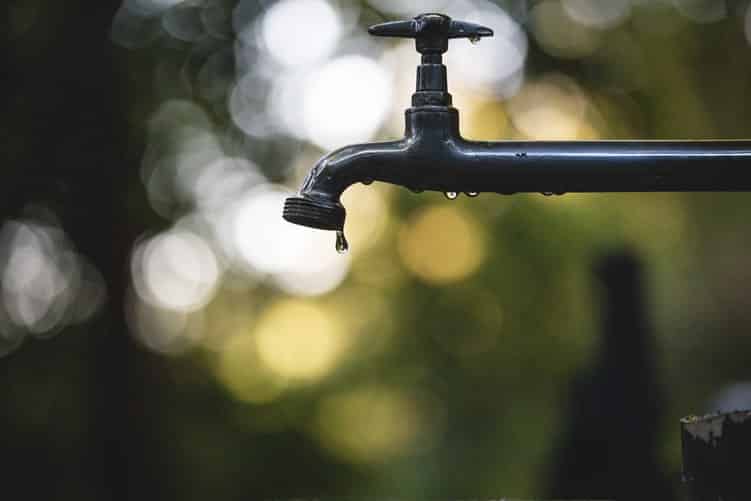
Reducing your carbon footprint not only benefits the environment by contributing to a reduction in greenhouse gas emissions but also offers a range of personal advantages. This includes enjoying cleaner air, adopting a healthier diet, and saving on energy bills. By practicing the principles of Reduce, Reuse, Recycle, you can achieve several positive outcomes, including keeping goods and materials out of landfills, promoting green technology and source reduction processes, and reducing hazardous waste.
#2 Go plastic free/ Zero waste
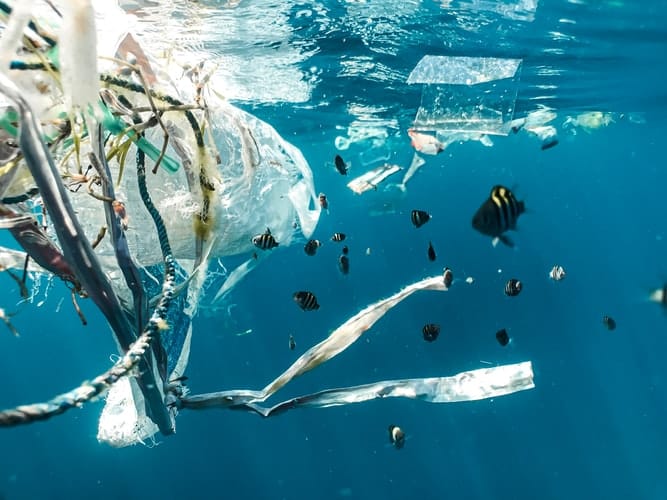
Reducing plastic waste has far-reaching environmental benefits, as it curtails contamination of the environment, including soil, air, and water. By producing less trash that ends up in incinerators, landfills, and oceans, we can preserve valuable landfill space, mitigate plastic pollution in our oceans, and reduce the harmful emissions from burning plastic.
Beyond the issue of waste disposal, the production process of plastic is a significant contributor to carbon emissions, which exacerbate global warming. Manufacturing plastic demands substantial energy and resources, with over 90% of it relying on fossil fuels.
Marine mammals, including whales, dolphins, and seals, bear a heavy burden from plastic pollution, with 54% of these animals affected. NOAA estimates that approximately 100,000 marine mammals perish each year due to plastic ingestion. A study in 2019 in the UK revealed that 100% of deceased marine animals on their shores had consumed plastic. Plastic pollution, along with its production and global distribution, impacts numerous animals and their habitats directly and indirectly.
How to go plastic free/ Ditch the non-reusables?

Our favourite alternatives to disposable plastic items
- Coffee cups.
- Shopping bags.
- Drinking straws.
- Water bottles.
- Produce bags.
- Disposable cutlery.
#3 Shop Local
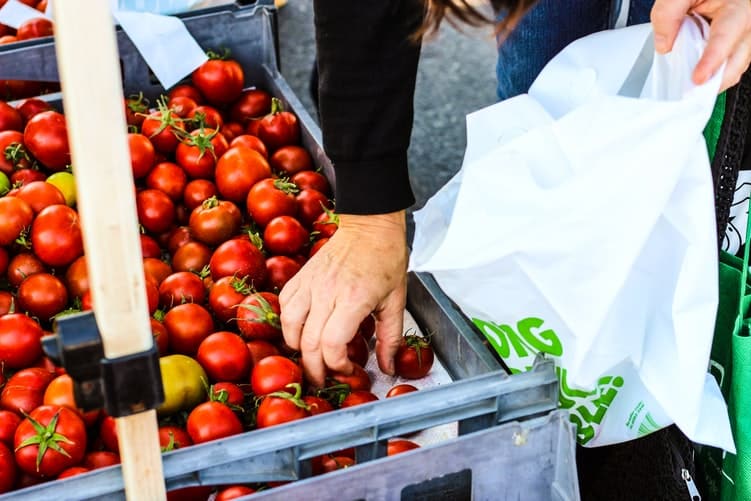
When you shop local, you do far more than get the items that you want quickly and conveniently. Buying local actually stimulates the economy in our community, helps benefit local schools and charities, and it even helps the environment… One of the most important ways buying locally helps the environment is by reducing your food miles. By shopping locally, you are purchasing goods produced in your local community. By cutting down on these miles, you are reducing the environmental impact of your food.
Buying locally sourced food not only has environmental advantages but also contributes to the preservation of small-scale farms. Supporting local agriculture helps protect farmland from development. Additionally, by reducing the distance food travels from farm to table, we decrease our reliance on fossil fuels, mitigate air pollution, and lower greenhouse gas emissions.
#4 Boycott products and companies that endanger wildlife

Species become endangered for two main reasons: loss of habitat and loss of genetic variation. A loss of habitat can happen naturally. … Human activity can also contribute to a loss of habitat. Development for housing, industry, and agriculture reduces the habitat of native organisms.
Its important to do your own research about the products you use on a daily basis in your everyday life. If they are contributing to animal habitat loss or environmental degredation, it may be time to swap them out for eco-friendly/ vegan products, to support local companies with ethical business foundations.
Find out more about these endangered animals with our dedicated article on 10 Most Endagered Animals.
#5 Reduce meat consumption

At the very least, a reduction in consumption of meats and dairy products is essential to avoid further negative environmental impacts. Reducing meat consumption will create tangible benefits almost immediately through reduction of greenhouse gas emissions and decreased pressure on land and water use.
#6 Try plant-based alternatives
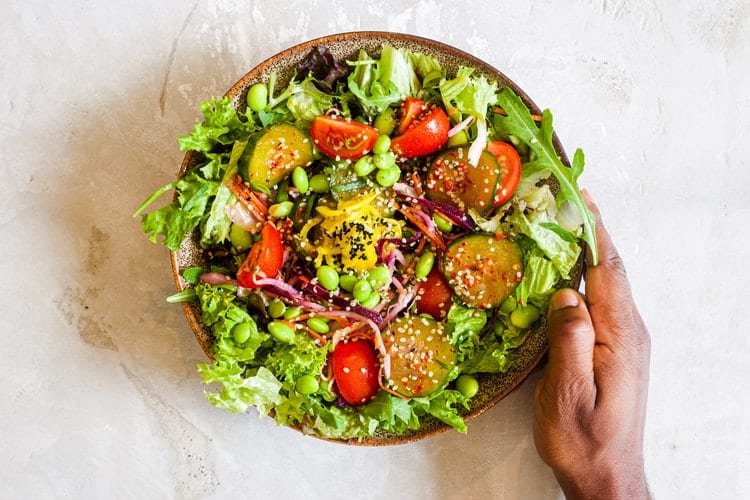
Plant-based diets provide all the essential nutrients, including protein, fats, carbohydrates, vitamins, and minerals, necessary for optimal health. Additionally, they tend to be higher in fiber and phytonutrients.
One of the most compelling reasons why plant-based diets are environmentally superior lies in their efficiency. Transitioning from a meat-based diet to a plant-based one eliminates the substantial environmental impact associated with animal agriculture. These insights are gleaned from “10 Ways to Live More Sustainably.”
#7 Go energy efficient / research renewable energy
Easy steps to be more energy efficient
Here are some energy-saving tips:
- Lower Your Thermostat: Make it a routine to reduce the temperature on your thermostat when you’re not at home.
- Start a Compost Pile: Begin composting to reduce waste and enrich your garden soil.
- Install Low-Flow Showerheads: Save water by installing low-flow showerheads that maintain water pressure while using less.
- Seal All Windows: Ensure your windows are properly sealed to prevent drafts and conserve energy.
- Limit Space Heater Use: Use space heaters sparingly, as they can be energy-intensive.
- Turn Off Unnecessary Water: Avoid leaving water running when not needed, such as while brushing your teeth.
- Replace Incandescent Bulbs: Swap out old incandescent bulbs for energy-efficient alternatives like LEDs.
- Unplug Unused Chargers: Disconnect chargers and devices that are not in use to reduce energy consumption.
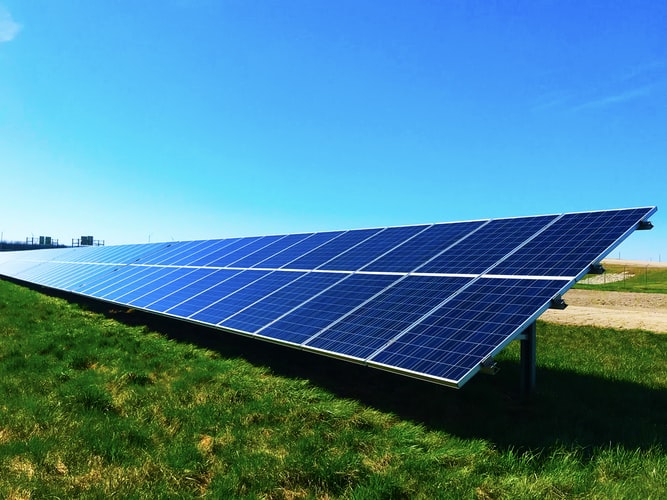
Seven ways to power your home with renewable energy
- Solar power. You can use the sun to generate electricity for your home through solar photovoltaic panels that are installed on your roof.
- Renewable electricity supply.
- Wind energy.
- Air source heat pumps.
- Biomass systems.
- Solar heating.
- Hydroelectric systems.
#8 Vote for sustainable policies/ use your voice
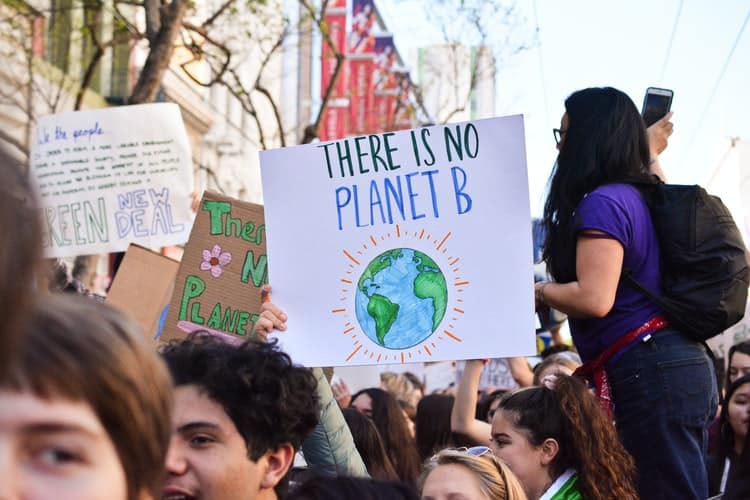
Climate action involves actively reducing greenhouse gas emissions, enhancing our ability to withstand climate-related challenges, and integrating climate measures into national policies and strategies. It also involves promoting climate education. By supporting political parties that prioritize these issues, we can drive progress toward meaningful climate action and positive advancements in sustainable development.
#9 Innovate: Reuse and resell

Advantages of Reusing
Reusing saves or delays purchasing and disposal costs. conserves resources. reduces the waste stream. causes less pollution than recycling or making new products from virgin materials.
#10 Home growth of veggies
By growing your own garden, you are the one to decide what goes on your plants and into your soil, allowing you to reduce the amount of harmful chemicals polluting our environment and waterways. Organically growing your own food is sustainable and nourishes your soil by using safe and natural fertilizers and products
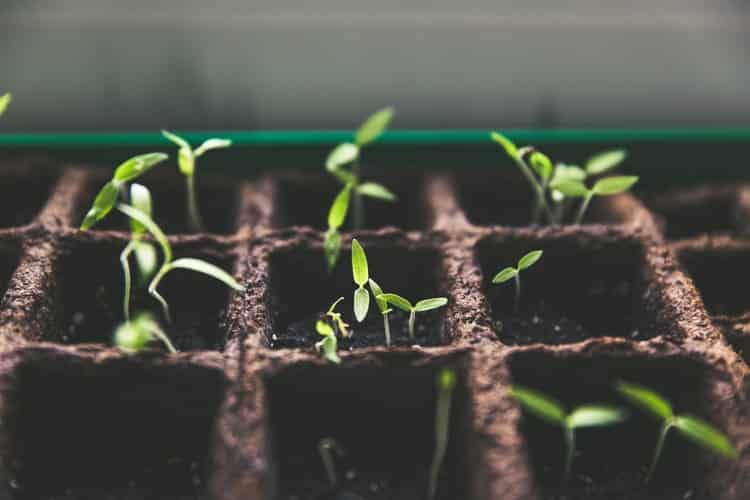
Summary on 10 Ways to live more sustainable
It does not have to be hard to practice small changes towards sustainability and the journey does not have to be perfect either.

To read further into the motivations behind necessary action towards sustainability, have a look at our 10 most endangered and most recently extinct animals blogs.
For similar reading and to get inspired for future travels and animal encounters, visit our blog on the reasons to love travel.
Thank you for reading 10 Ways to live more sustainable.
Explore more about our planet with our article on 21 Most endangered animals in North America.
Frequently Asked Questions (FAQs)
Living sustainably means adopting lifestyle choices and practices that meet our current needs without compromising the ability of future generations to meet their own needs. It involves using resources efficiently, minimizing waste, and considering the long-term impact of our actions on the environment, society, and the economy.
Reduce energy consumption by using energy-efficient appliances and turning off lights and electronics when not in use.
Minimize water usage by fixing leaks, taking shorter showers, and using water-saving fixtures.
Opt for public transportation, biking, or walking instead of driving alone to reduce carbon emissions.
Embrace a plant-based diet or reduce meat consumption, as animal agriculture has a significant environmental impact.
Choose reusable products like water bottles, bags, and containers to reduce single-use plastic waste.
Support sustainable brands and products that prioritize eco-friendly practices.
Educate yourself and others about sustainability and encourage responsible choices in your community.
Examples of sustainability include using renewable energy sources like solar and wind power, implementing green building practices, conserving water through rainwater harvesting, supporting fair trade and ethically produced goods, and protecting biodiversity through conservation efforts.
Sustainable living offers numerous benefits, including a healthier environment with cleaner air and water, reduced greenhouse gas emissions, enhanced biodiversity, improved public health, cost savings through energy and resource efficiency, and the preservation of natural resources for future generations.
Sustainability is crucial because it ensures that the Earth’s resources are used wisely and preserved for the well-being of current and future generations. By embracing sustainable practices, we can address environmental challenges like climate change, resource depletion, and pollution, creating a more resilient and equitable world for all living beings.
- Explore The Azores - April 22, 2024
- The 4 Best Places to See Jaguars - April 19, 2024
- Wildlife of Sweden - April 19, 2024


